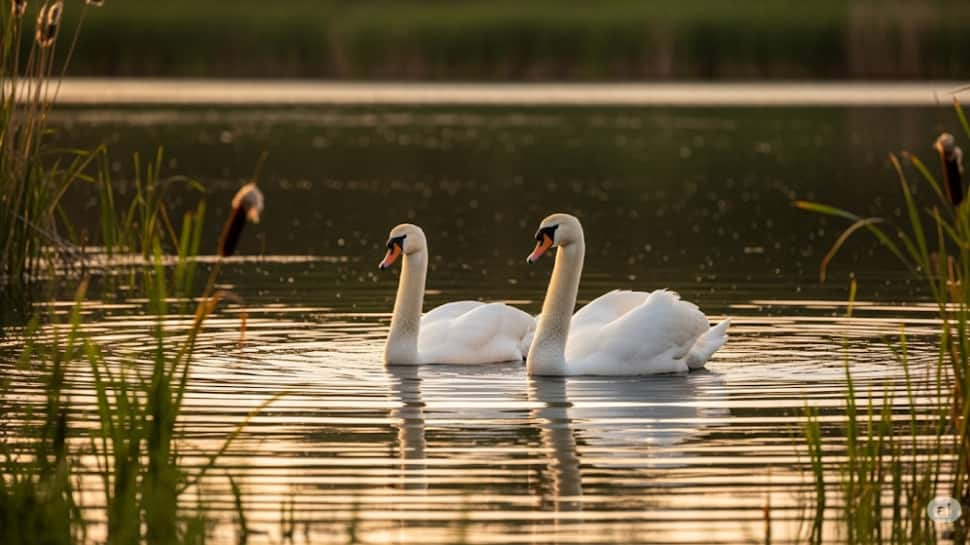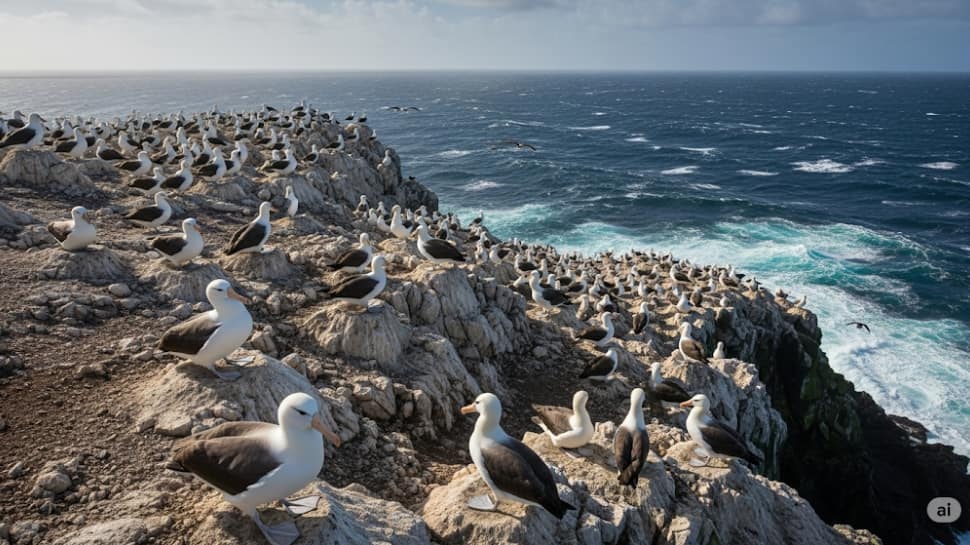True Love In The Wild: 7 Animal Couples That Stay Together For Life
Gray Wolves
)
Gray Wolves (Canis lupus)
Their bond type is Alpha pair monogamy. A wolf pack is essentially a close-knit family, with the alpha male and alpha female as the core pair. These two are usually the only ones who breed, and they stay together for life unless one dies. They raise pups cooperatively, share food, and protect each other. If a mate is lost, the surviving wolf may stay solitary or take a long time to find another.
Bald Eagles

Bald Eagles (Haliaeetus leucocephalus)
Their bond type is Seasonal reuniting monogamy. Bald eagles form lifelong pairs and return to the same nesting site every year. Their courtship includes sky-dancing: locking talons mid-air and cartwheeling downward in dramatic fashion. They work as a team to build enormous nests (sometimes over 10 feet wide) and raise their young together. If one eagle dies, the survivor may find another mate, but not quickly.
Mute Swans

Mute Swans (Cygnus olor)
Their bond type is romantic, lifelong pairing. Swans are famously monogamous and form very strong bonds. During mating season, they often perform synchronized swimming and elegant neck arching displays. They co-parent their cygnets and protect them fiercely. If one swan dies, the other may grieve for a long time, and some never mate again.
Beavers

Beavers (Castor canadensis)
Their bond type is Cooperative monogamy. Beavers mate for life and are model partners: they work together to build and maintain dams and lodges. They co-parent their kits and even keep older offspring around to help raise younger ones. Their teamwork is essential to survival, making their bond both emotional and practical.
Gibbons

Gibbons (Family: Hylobatidae)
Their bond type is primates with family values. These lesser apes form tight-knit family units with a mated pair and their offspring. Gibbons sing complex duets daily to strengthen their bond and mark territory. They groom, protect, and show affection to their partners constantly. While some pairs may “divorce,” most stay together long-term.
Albatrosses

Albatrosses (e.g., Laysan Albatross)
Their bond type is devoted, long-distance mates. Albatrosses travel vast distances across oceans but return to the same mate and nesting spot every breeding season. Their courtship dances are elaborate and refined over years of practice. They raise a single chick at a time, investing heavily in its care. These pairs may be separated for months but reunite with ease and joy.
French Angelfish

French Angelfish (Pomacanthus paru)
Their bond type is Oceanic monogamy. These colorful reef fish are rarely seen apart and swim, hunt, and defend their territory as a pair. Unlike many fish species, French angelfish remain loyal to one mate. They engage in synchronized swimming and mutual grooming behavior. Their coordination makes them especially effective at surviving in complex reef environments.
Trending Photos



)
)
)
)
)
